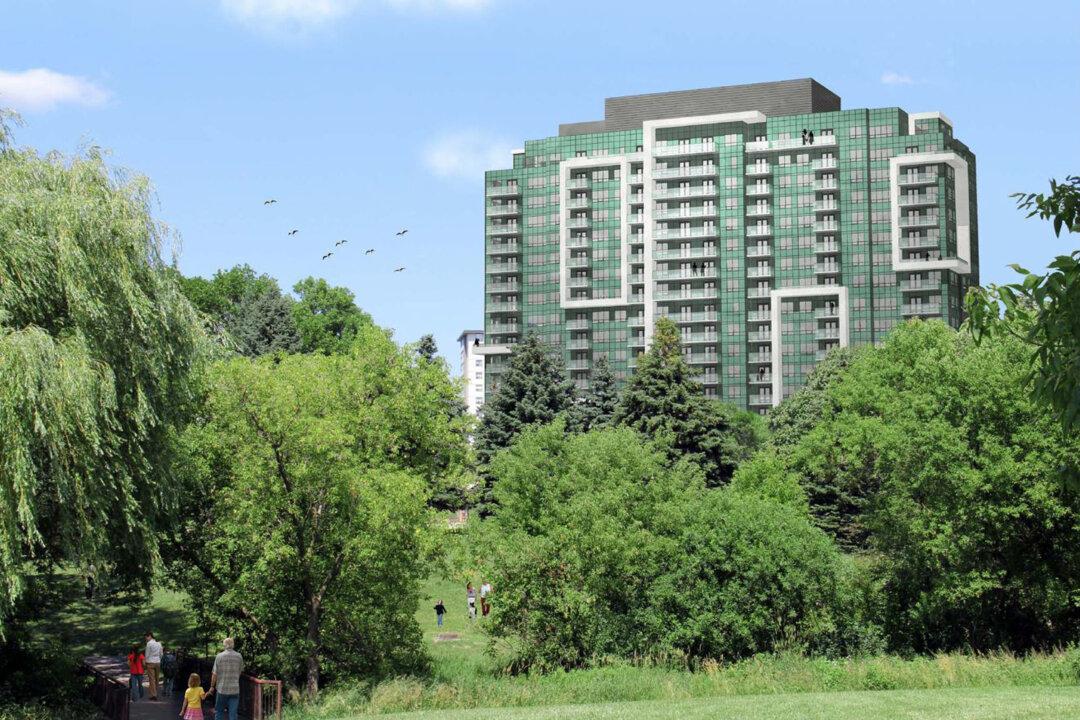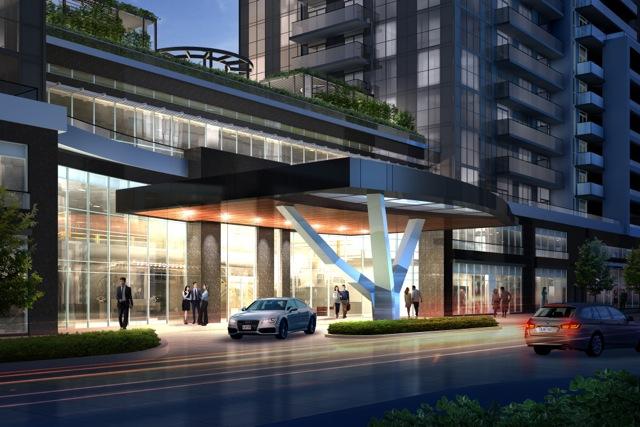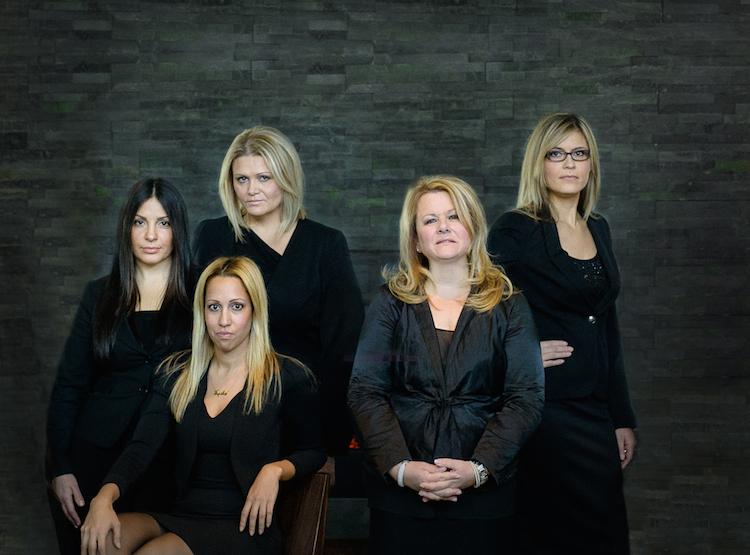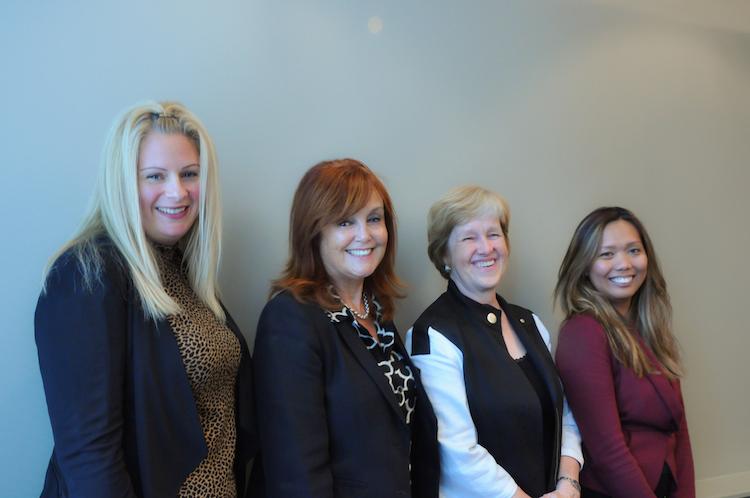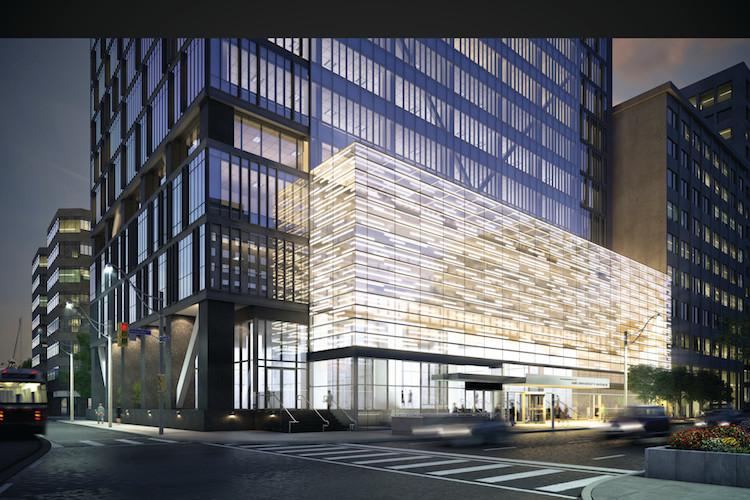We all pay, both as taxpayers and as members of society, for the social consequences of a chronic lack of affordable housing in the Greater Toronto Area.
Necessity being the mother of invention, someone has created a unique solution.
Michel (Mike) Labbé, president and CEO of Options for Homes, has been working on a brilliant idea for over a decade.
Instead of building subsidized rental units, why not help people with their down payments?
Let there be… Mike!
In 1974, Labbé graduated from the University of Waterloo with an honours degree in urban and regional planning.
Motivated to help others, he began work in the non-profit housing sector in 1979, building subsidized and cooperative rental buildings. He worked on 60 housing projects, including several buildings in the now trendy St. Lawrence Market area.
After 12 years in rental and cooperative housing, government funding for both shriveled. Labbé realized a new, sustainable model was needed, one that was independent from government.
“I wanted to create a system whereby everyone got treated fairly,” said Labbé.
So he, along with some friends in the banking and legal fields, began developing a new idea: make ownership possible by providing help with the largest obstacle—the down-payment.
How it works
Find an inexpensive piece of property in an up-and-coming neighbourhood. Allow any buyer, regardless of income, to put 5 percent down as long as they plan to live in the unit. Give an additional 13 percent (sometimes up to 25 percent) toward the down payment to make the mortgage CMHC insurance-free and the monthly payments low enough.
Owners only pay back the second mortgage if they sell, rent it out, or die. The second mortgage accrues no interest. Think of it as a co-investment. When the unit is sold or rented, the unit appreciation associated with the second mortgage amount is what you pay back. The principal plus property appreciation of the second mortgage goes back into the pot to help others who need an “Options” second mortgage.
Oh, and did I mention that if the fabled “GTA condo market crash” ever actually happens the second mortgage will depreciate as the home does? This is a great assurance for people on a fixed income.
A high-quality building for less
Options is a non-profit builder, so buyers save between $40,000 and $70,000 per unit—the profit a regular builder would be looking for. But all of Options’ buildings are built to a higher standard than many, many other projects. The contractor is Deltera, the construction arm of Tridel, well known for producing consistently excellent buildings for decades.
Options buildings feature upgrades where they are important. Upgraded air filtration and circulation systems, solar powered hot water, and heat recovery systems make these buildings extremely efficient, healthier to live in, and utilities are around 30 percent less expensive.
What don’t these buildings have? Expensive amenities that drive up condo fees, such as swimming pools. What you can expect are simple party rooms with kitchens, libraries or rooftop gardens, all of which are very inexpensive to maintain, as well as $9 per/hr. car sharing in the basement operated by sister company Options for Cars.
And as mentioned, you can be a millionaire and still buy a condo at cost, with no profit added. Though investors are not discouraged, they are not offered the second mortgage option. As a result, Options communities are truly mixed income.
“We want to use all of society to solve society’s problems,” Labbé said.
Ninety percent of the people living in Options buildings are owner-occupiers, so pride of ownership characterizes Options developments. There is also financial incentive not to move, so a sense of community is inevitable.
Benefit to society
“Wealth comes from housing,” states Labbé simply. “Everyone benefits from everyone being better off.”
In the big picture of things, the Options model provides affordable ownership for working people with modest incomes.
“A society that doesn’t allow everyone to participate in growing, wealth starts to fracture,” says Labbé. He suspects that if far more people could own their own homes, the crime rate would go down across the city.
Why? Labbé feels home ownership uses a multi-generational approach that may help families break the cycle of poverty. When families can build a legacy, no matter how small, it creates an increased sense of wellbeing, belonging, and agency.
The cost to government for this program is currently zero. Options buys inexpensive private land and receives a break on development charges, but it is still a revenue source for the city. Options and its partners put up the money, not taxpayers.
Is it working?
Labbé conceived of Options in 1992, and by 1999 owners took possession of the first project at 70 Mill St. in a neighbourhood no one really lived in. It’s now called the Distillery District. You can imagine how those units have appreciated.
That project generated $1.5 million in outstanding mortgages.
Today, Options has nine completed projects in the GTA, producing over 3,700 units so far. The financing arm of the Option Group called Home Ownership Alternatives now has $70 million in assets.
This growth means more buildings. “We want to produce 5,000 units a year, that’s what the city needs,” said Labbé, who is partnering with other groups to make that number a reality.
Well on its way, Options has three new projects on sale now: Cranbrooke Village, Danforth Village Estates, and the Village by Main Station.
For more info visit: www.optionsforhomes.com
